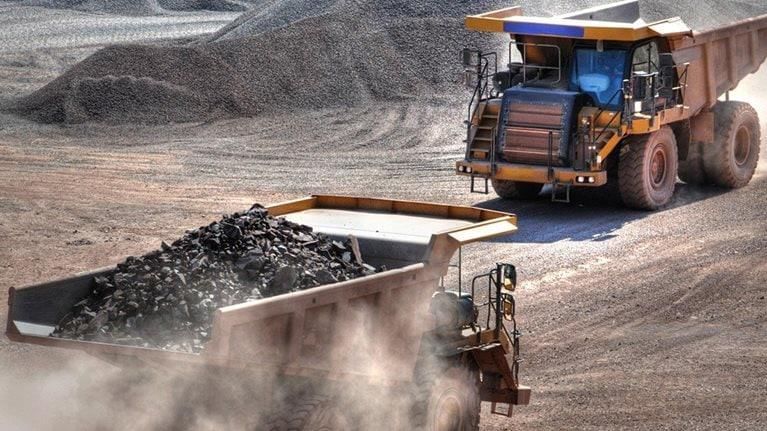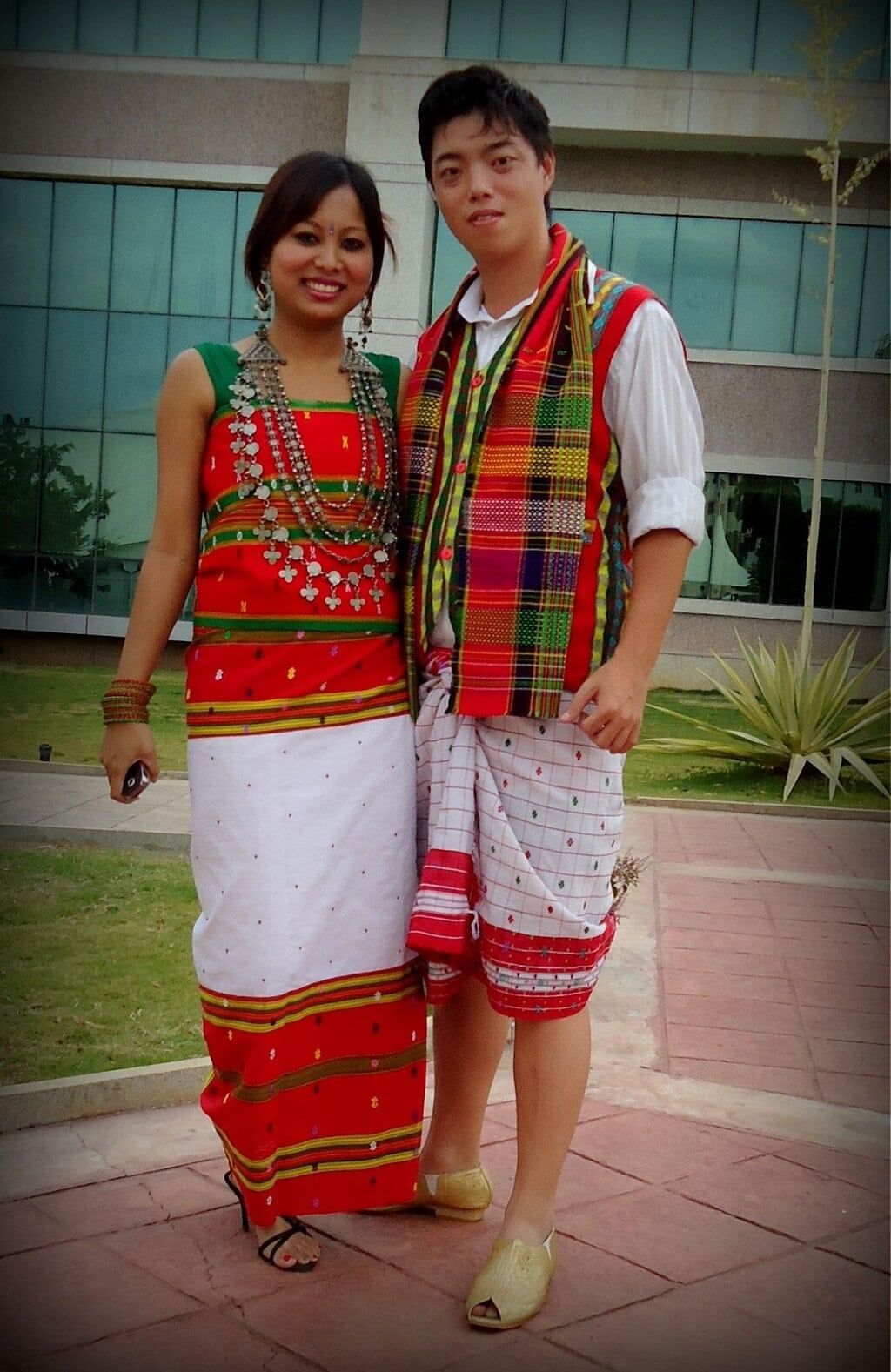UPSC Exam > UPSC Notes > PIB (Press Information Bureau) Summary > PIB Summary - 24th June 2025
PIB Summary - 24th June 2025 | PIB (Press Information Bureau) Summary - UPSC PDF Download
A holistic Approach at Transforming Mining Sector

Introduction
The mining sector in India has seen significant changes over the past 11 years, focusing on improving transparency, encouraging private involvement, and ensuring strategic resource security.
Structural Reforms in the Mining Sector
- Auction Regime (Post-2015). The previous opaque allocation system was replaced with a transparent and competitive bidding process. Over 500 blocks have been auctioned, with 119 blocks auctioned in the last year alone.
- Amendments to the Mines and Minerals (Development and Regulation) Act (2015–2023). These amendments have modernized policies governing the mining sector, making them more relevant to current needs.
Centre-State Synergy
- Strengthened cooperative federalism has resulted in states earning ₹4 lakh crore through auction premiums and royalty.
- Tools such as the State Mining Index, State Mineral Exploration Trust, and Mining Ministers’ Conclaves have enhanced collaboration between the Centre and states.
- The District Mineral Foundation (DMF) has improved local welfare by distributing mineral wealth in a decentralized manner.
Critical and Strategic Mineral Push
- The National Critical Mineral Mission (NCMM) has been launched to enhance self-reliance in critical minerals such as lithium, cobalt, rare earth elements (REEs), and nickel.
- India’s first potash block has been auctioned, and initiatives for offshore mineral exploration have been started.
- Strategic global outreach efforts include acquiring lithium mines in Argentina and securing assets abroad through KABIL (Khanij Bidesh India Limited).
Private Sector Enablement
- Reforms such as offering 50-year leases, facilitating the transfer of clearances, and establishing an exploration license regime have fostered investor confidence in the mining sector.
- Micro, Small, and Medium Enterprises (MSMEs) and start-ups now have improved access to mining opportunities due to reforms like faceless return filing, the Mining Tenement System, and the use of drone surveys for site assessments.
Tech and R&D Ecosystem
- The National Mineral Exploration Trust (NMET) has funded various initiatives, including the establishment of Centres of Excellence and supporting research and development projects by start-ups in the mining sector.
- There is a strong emphasis on promoting local innovation in recycling and processing technologies, which are crucial for establishing a circular economy in the mining sector.
Outcome and Vision
- The mining sector is now aligned with broader national goals, including energy security, food security, and economic growth.
- The reforms implemented in the sector have ensured a framework that is predictable, transparent, and inclusive, supporting India’s ambition to become the third-largest economy in the world.
Tripura becomes third state in the country, after Mizoram and Goa, to achieve Full Functional Literacy

Introduction
On June 23, 2025, Tripura achieved full functional literacy, reaching a rate of 95.6%. This milestone made Tripura the third Indian state, following Mizoram and Goa, to attain such a level of literacy according to national standards.
This accomplishment was made possible through the ULLAS – Nav Bharat Saaksharta Karyakram, a flagship adult education initiative in line with the National Education Policy (NEP) 2020.
Relevance: GS 2 (Education, Governance)
About the ULLAS Programme
- The ULLAS Programme is a centrally sponsored initiative running from 2022 to 2027.
- It aims to provide foundational literacy, numeracy, and critical life skills to non-literate individuals aged 15 and above.
- The programme utilizes both physical outreach and digital tools, including the ULLAS mobile app, to facilitate learning.
Implementation Highlights in Tripura
- The programme was implemented intensively at the district level in Tripura, involving door-to-door surveys and volunteer mobilization.
- Strong community engagement was a key feature, with an emphasis on Jan Bhagidari (people’s participation) and Kartavyabodh (sense of duty) to ensure grassroots ownership.
- Digital platforms were leveraged for certification and monitoring, allowing real-time progress tracking.
Significance of the Milestone
- Tripura’s literacy rate increased from 20.24% in 1961 to 95.6% in 2025, reflecting sustained policy and social commitment.
- This achievement enhances human capital, gender empowerment, and inclusive development, which are key pillars of Viksit Bharat @2047.
- It reinforces the NEP 2020 principle of education as a lifelong and universal process.
Broader Implications for India
- Tripura’s achievement demonstrates scalable best practices for adult literacy and community-led education models.
- The success of the ULLAS Programme in Tripura serves as a replicable model for other states and Union Territories (UTs) in India to achieve educational equity.
- The programme contributes to boosting India’s global standing in achieving Sustainable Development Goal 4 (SDG 4) – Quality Education for All.
The document PIB Summary - 24th June 2025 | PIB (Press Information Bureau) Summary - UPSC is a part of the UPSC Course PIB (Press Information Bureau) Summary.
All you need of UPSC at this link: UPSC
FAQs on PIB Summary - 24th June 2025 - PIB (Press Information Bureau) Summary - UPSC
| 1. What is a holistic approach in the context of transforming the mining sector? |  |
Ans. A holistic approach to transforming the mining sector involves considering all aspects of mining, including environmental impact, community engagement, economic viability, and technological advancements. This means not only focusing on extraction processes but also on sustainable practices, rehabilitation of mined areas, and improving the quality of life for communities affected by mining activities.
| 2. How does achieving full functional literacy impact the mining sector in Tripura? |  |
Ans. Achieving full functional literacy in Tripura can significantly impact the mining sector by enhancing the skill set of the local workforce. A literate population is better equipped to understand mining technologies, safety protocols, and environmental regulations. This can lead to more effective community participation in mining operations and improved compliance with sustainable practices.
| 3. What are the potential benefits of a transformed mining sector for local communities? |  |
Ans. A transformed mining sector can provide numerous benefits for local communities, including job creation, improved infrastructure, and better access to education and healthcare. Additionally, it can foster community development initiatives and ensure that the economic benefits of mining are shared with local populations, leading to overall societal improvement.
| 4. How can technology aid in the transformation of the mining sector? |  |
Ans. Technology can play a crucial role in transforming the mining sector by enhancing operational efficiency, safety, and environmental sustainability. Innovations such as automation, data analytics, and remote sensing can help optimize resource extraction, minimize waste, and reduce the environmental footprint of mining activities, thus promoting more responsible mining practices.
| 5. What role do government policies play in the transformation of the mining sector? |  |
Ans. Government policies are essential in guiding the transformation of the mining sector by establishing regulations that promote sustainable practices, protect the environment, and ensure community rights. Effective policies can incentivize investments in clean technologies, encourage corporate social responsibility, and support workforce development, thereby facilitating a holistic transformation of the sector.
Related Searches





















